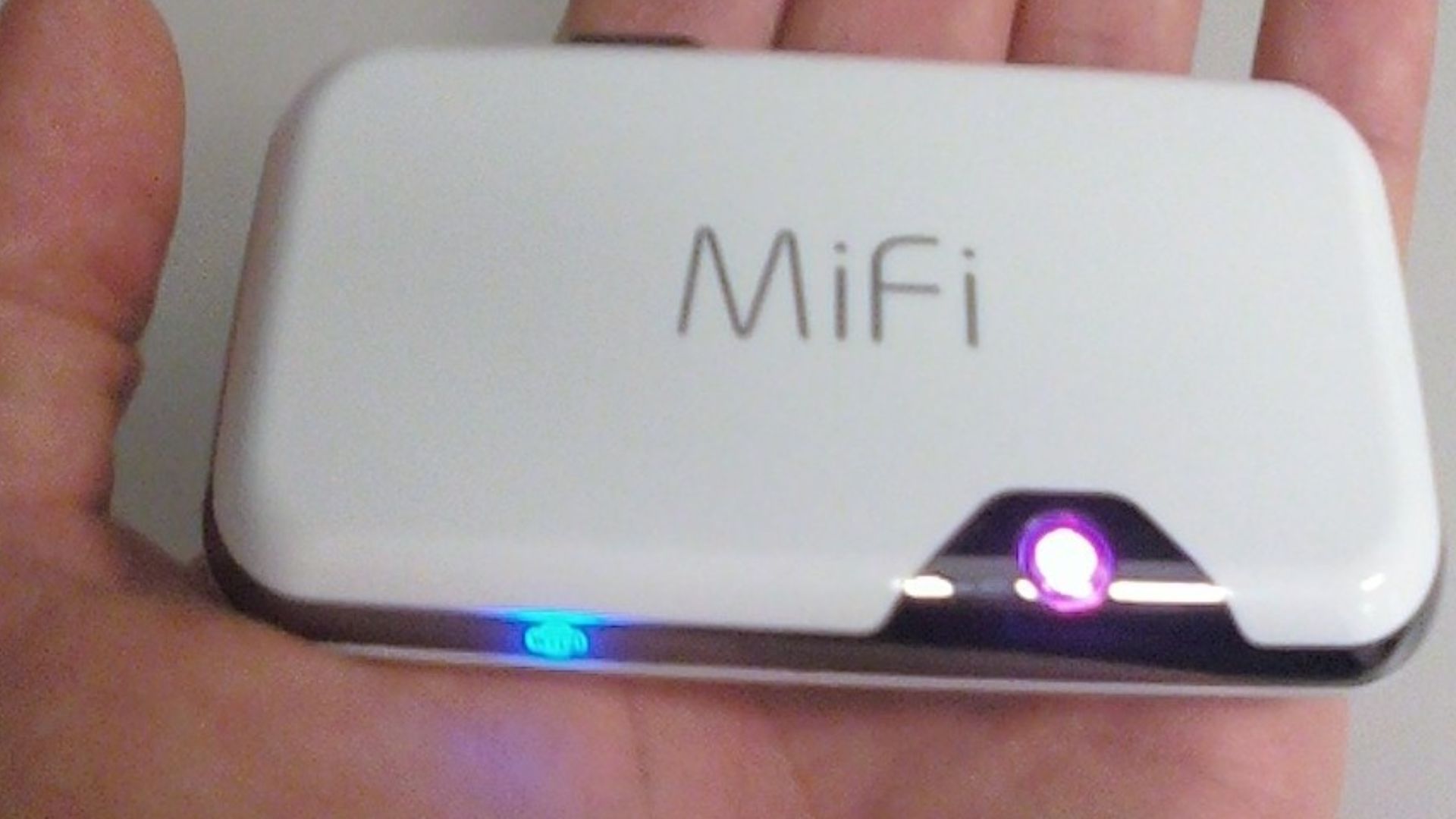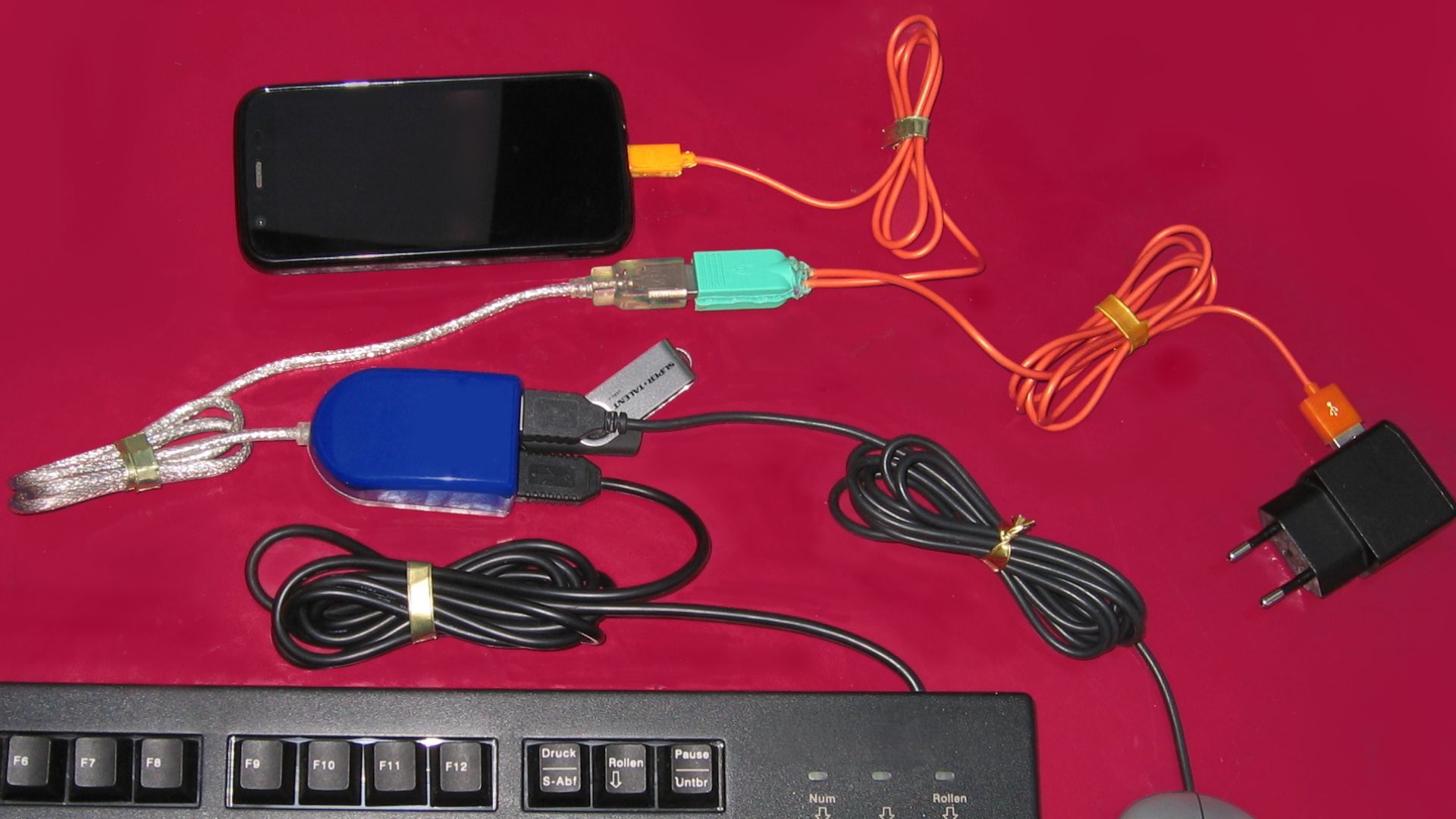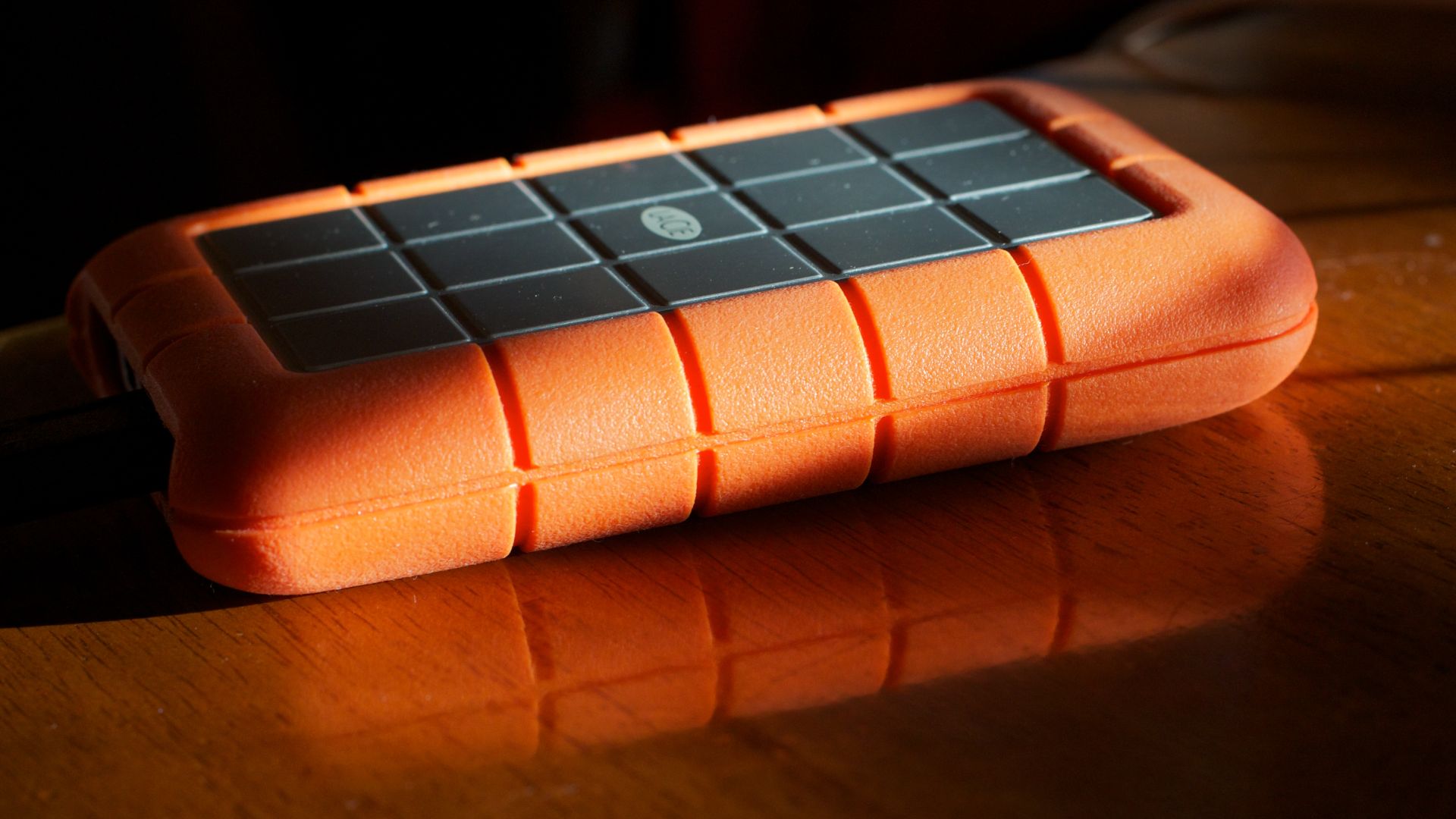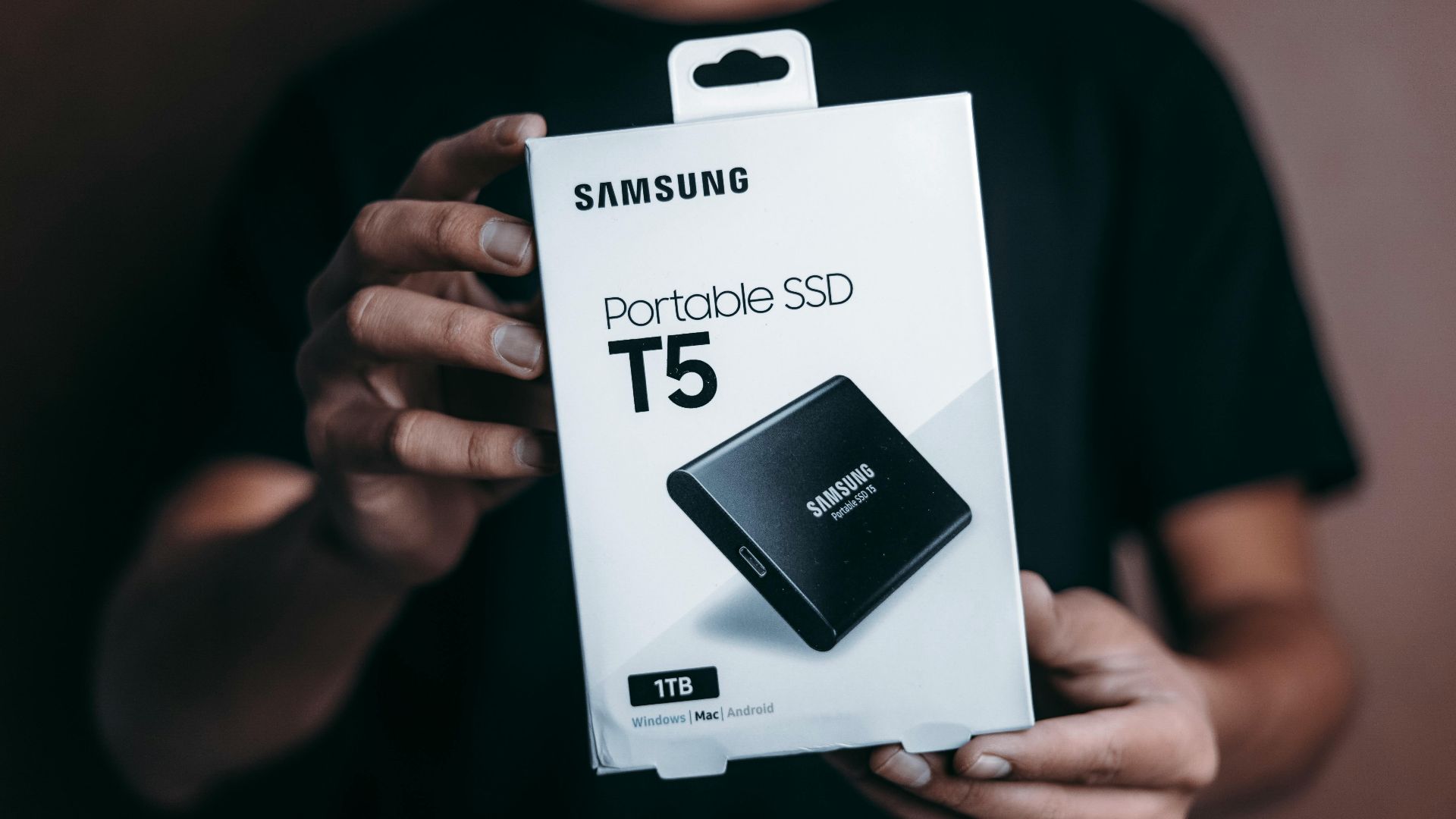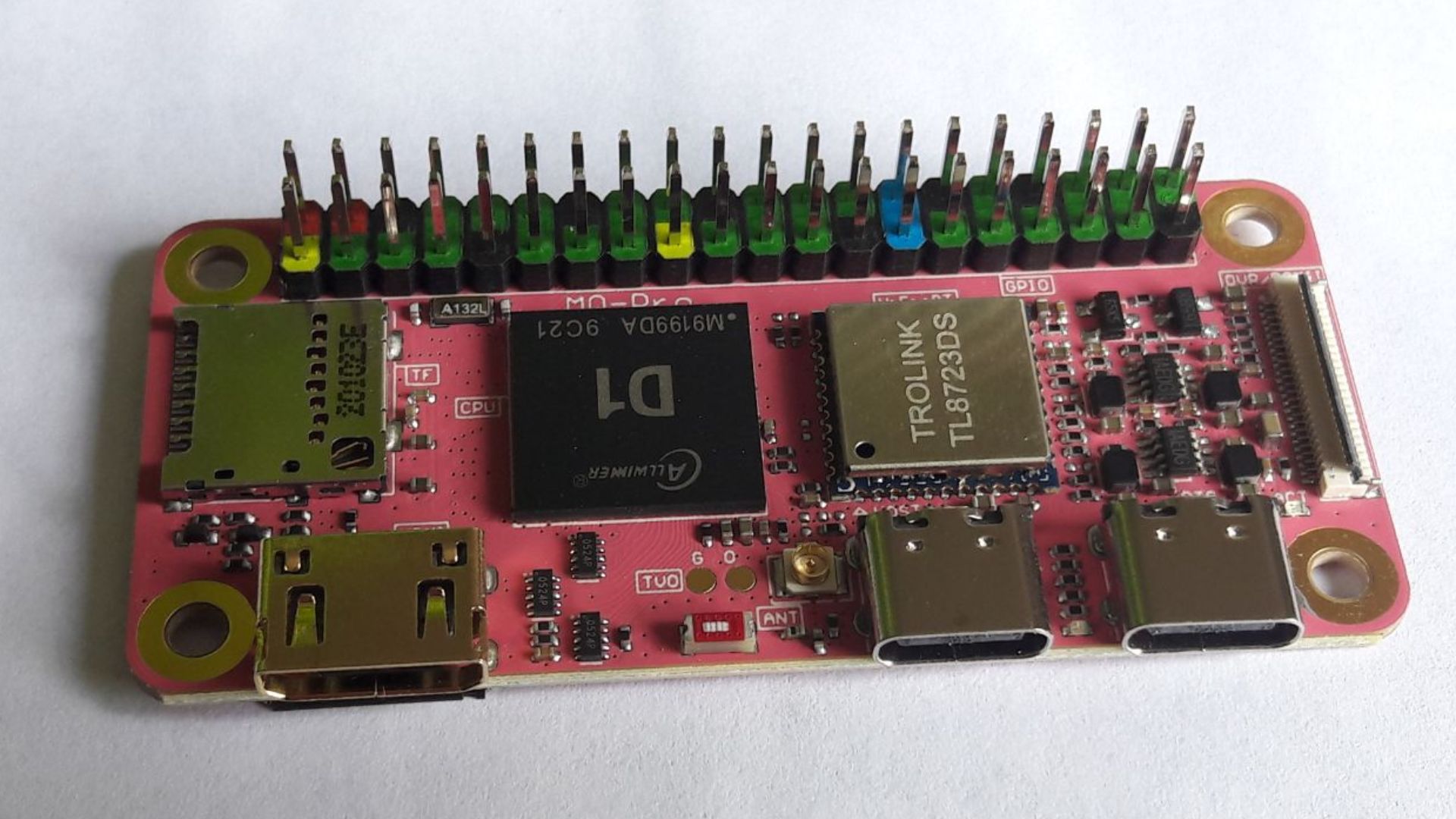Smarter Storage For A Modern World
USB drives once ruled pockets and keychains, but the tech world has moved on. Today’s file storage solutions are smarter, faster, and built for how people actually live and work in 2025.

Wi-Fi-Enabled Portable Drives
Forget tangled cords. Wi-Fi portable drives let your devices talk to each other directly by moving files without needing to plug in a single cable. Some even stream movies straight to your tablet or TV and sync effortlessly through built-in mobile or desktop apps.
Cloud Storage Platforms
Ever misplaced a USB drive right when you needed it most? Cloud storage solved that problem years ago. With Google Drive, Dropbox, or OneDrive, your files stay accessible on any connected device and are easy to share for real-time teamwork. Plus, Google Drive’s 15GB free plan gets you started.
Encrypted Portable Drives
Not all portable drives are created equal. Encrypted models add serious protection with built-in 256-bit AES hardware encryption. Many demand a PIN or password right on the device, and some also wipe data after too many failed attempts—a favorite among professionals carrying sensitive information.
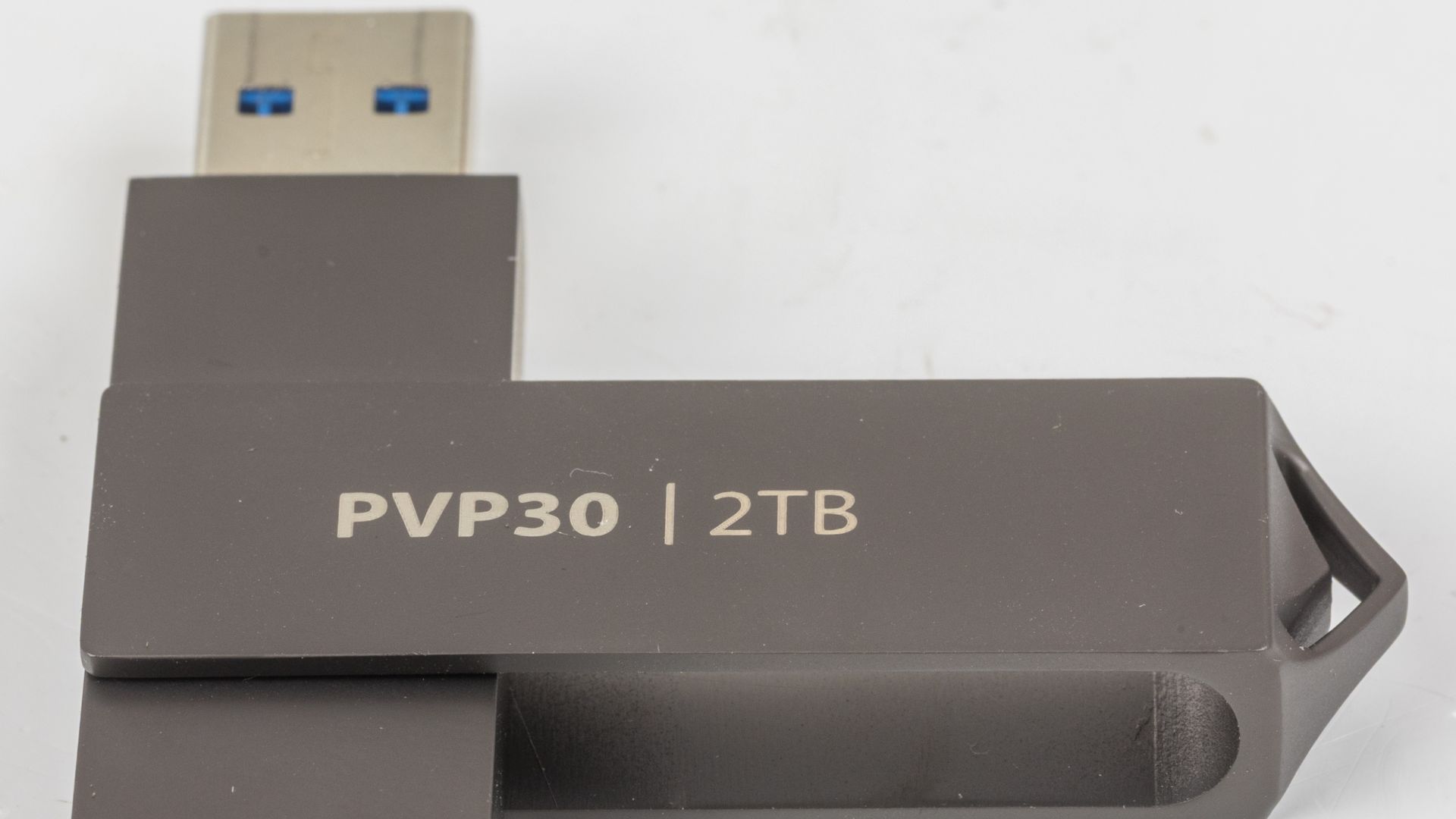 Raimond Spekking, Wikimedia Commons
Raimond Spekking, Wikimedia Commons
Peer-To-Peer File Transfer Apps
Skip the cables and send files straight between devices with apps like Snapdrop or SHAREit. They move data over local Wi-Fi faster than Bluetooth. No internet required. Snapdrop even works directly through your browser, while SHAREit dominates worldwide with hundreds of millions of users.
Universal Clipboard Sync
Copy something on your phone, paste it on your laptop—that’s universal clipboard sync in action. Apple’s version works across iPhone, iPad, and Mac, while Microsoft Phone Link goes further with actual file transfers. It’s handy and can be used as a flash drive replacement for small data transfers.
Smartphone OTG Storage Apps
Your phone can handle external drives more easily than you think. OTG apps let it read and transfer files straight to plugged-in USBs or SSDs using an OTG cable. The name “On-The-Go” fits as it connects devices directly without needing a computer.
Google Nearby Share
Nearby Share turns Android devices into mini file hubs. It connects over Bluetooth and Wi-Fi to send anything from photos to videos without cords or the internet. You can even share offline and adjust visibility settings so only trusted contacts see your device.
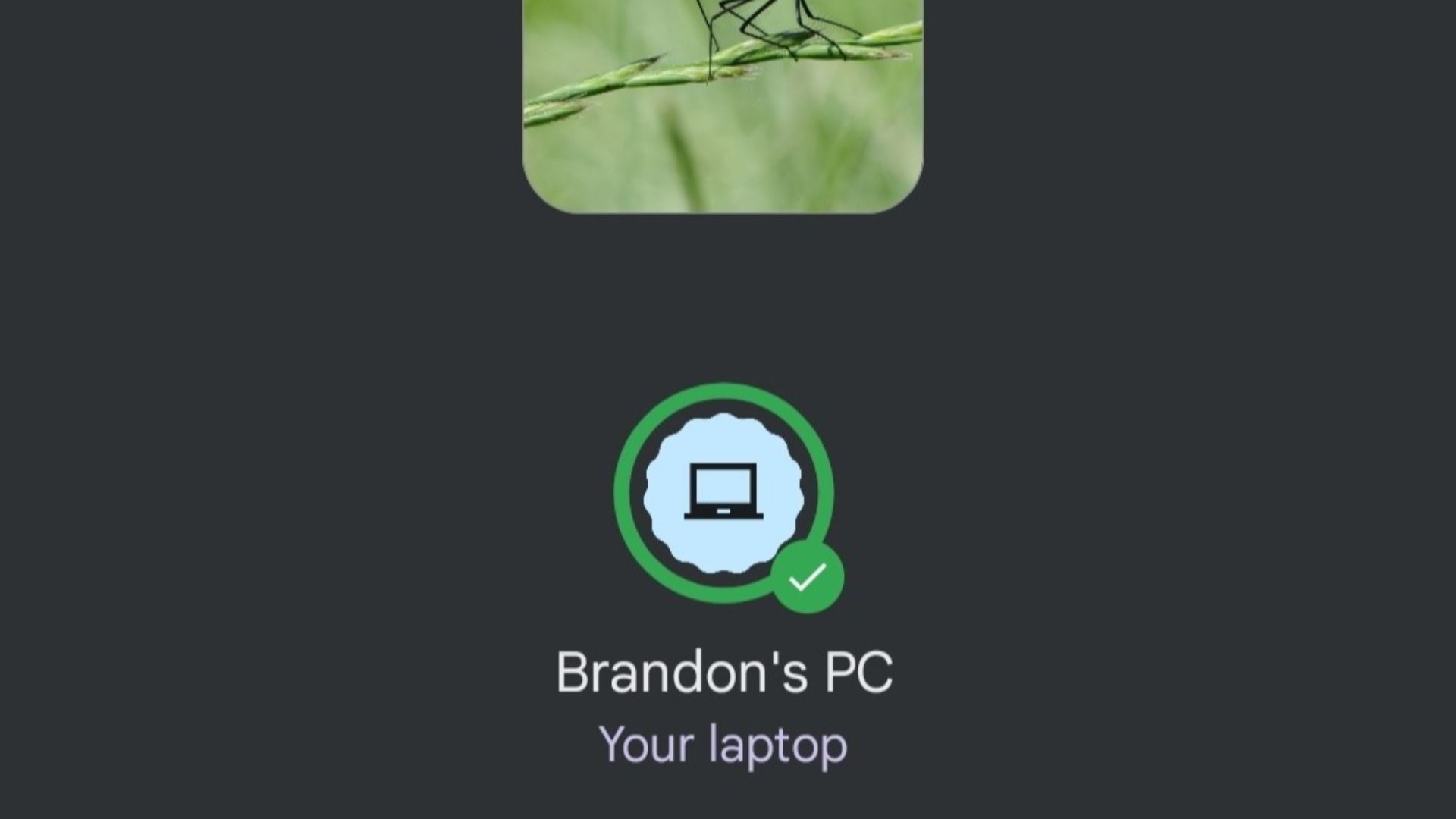 Google, Böhringer Friedrich, Wikimedia Commons
Google, Böhringer Friedrich, Wikimedia Commons
Thunderbolt 4 External Drives
Thunderbolt 4 drives redefine what “fast” means with speeds reaching 40 Gbps. They plug into modern laptops or desktops effortlessly to handle massive transfers without lag. The lightning-bolt logo isn’t just for show—it also marks devices capable of linking multiple gadgets through a single port.
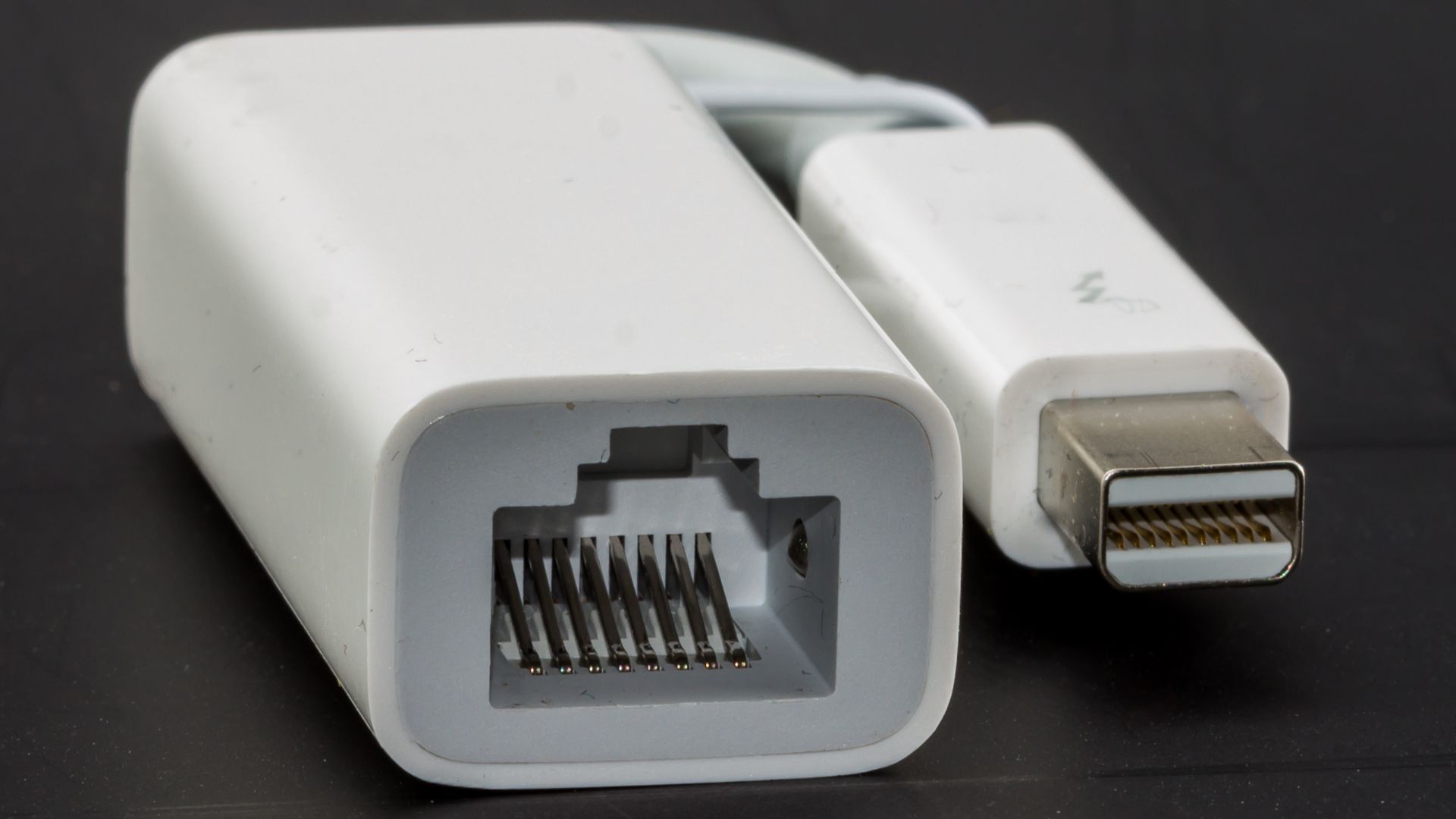 Raimond Spekking, Wikimedia Commons
Raimond Spekking, Wikimedia Commons
External SSDs With USB-C
Old flash drives feel sluggish compared to today’s USB-C external SSDs. These sleek drives plug directly into modern laptops and phones without setup hassles. Many transfer data at more than 1,000 MB/s and stay small enough to carry in your pocket without noticing.
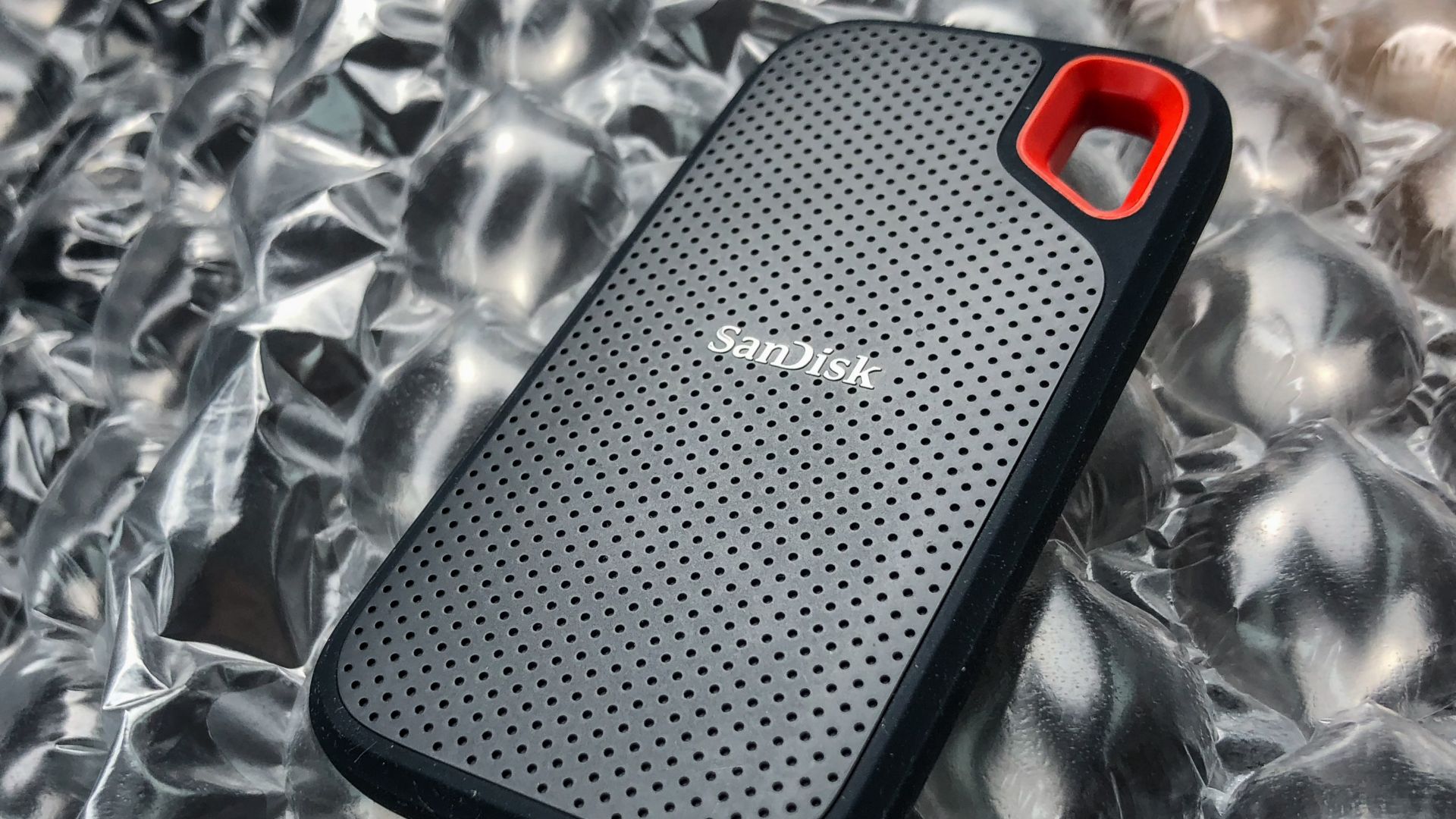 Tony Webster from Minneapolis, Minnesota, United States, Wikimedia Commons
Tony Webster from Minneapolis, Minnesota, United States, Wikimedia Commons
Portable M.2 NVMe Enclosures
An M.2 NVMe enclosure turns a high-speed internal SSD into a compact external drive built for travel. With USB-C or Thunderbolt 4 connections, it can exceed 1,000 MB/s. Tool-free designs make swapping drives effortless, giving users desktop-level performance in a pocket-sized form.
 Dinkun Chen, Wikimedia Commons
Dinkun Chen, Wikimedia Commons
Apple AirDrop
Apple nailed wireless sharing with AirDrop. It’s built into iPhones, iPads, and Macs—no setup needed. Files jump between devices through Bluetooth and Wi-Fi faster than any flash drive could manage, and you can choose to receive content from everyone or only your contacts.
 Alejandro Escamilla alejandroescamilla, Wikimedia Commons
Alejandro Escamilla alejandroescamilla, Wikimedia Commons
Wi-Fi Direct File Beaming
No Wi-Fi? No problem. Wi-Fi Direct links Android devices straight to each other for quick, cable-free transfers that feel almost instant. It also powers wireless printing and gaming connections, making it one of the most underrated ways to move files anywhere.
Portable 5G Hotspots With Built-In NAS
Portable 5G hotspots now double as personal file servers. Models like Netgear’s Nighthawk M6 Pro router store and stream data wirelessly. With multi-gigabit speeds, they outpace USB drives, and users can access stored files even in offline environments, as long as the hotspot is powered and connected via Wi-Fi.
 Rawpixel.com, Wikimedia Commons
Rawpixel.com, Wikimedia Commons
Biometric-Secured Portable Drives
Security has gone beyond passwords. Biometric-secured drives only open through fingerprints or facial recognition to keep files safe with hardware-level protection. Some models allow several users to register fingerprints for team use—a level of access once limited to high-end laptops and smartphones.
 Remigiusz Józefowicz, Wikimedia Commons
Remigiusz Józefowicz, Wikimedia Commons
Ruggedized Portable Drives
Rugged drives push through conditions that destroy standard ones. Companies like LaCie and SanDisk design them to survive drops and resist water intrusion. Their IP67 or IP68 protection levels, along with visible rubber shells, make them dependable companions for outdoor professionals.
AI-powered File Sync Tools
AI now keeps your files in sync automatically. Tools like Resilio Sync use smart algorithms and peer-to-peer transfers to move data directly between devices. The result feels effortless—no cables, no duplicate copies, just fast, reliable updates across all your machines.
Mesh Network File Sharing
In places with poor connectivity, mesh sharing steps in. Apps like Briar and Manyverse connect devices directly without servers or the internet, passing files peer to peer. Briar even supports offline messaging, which makes it a lifeline for journalists or users facing censorship.
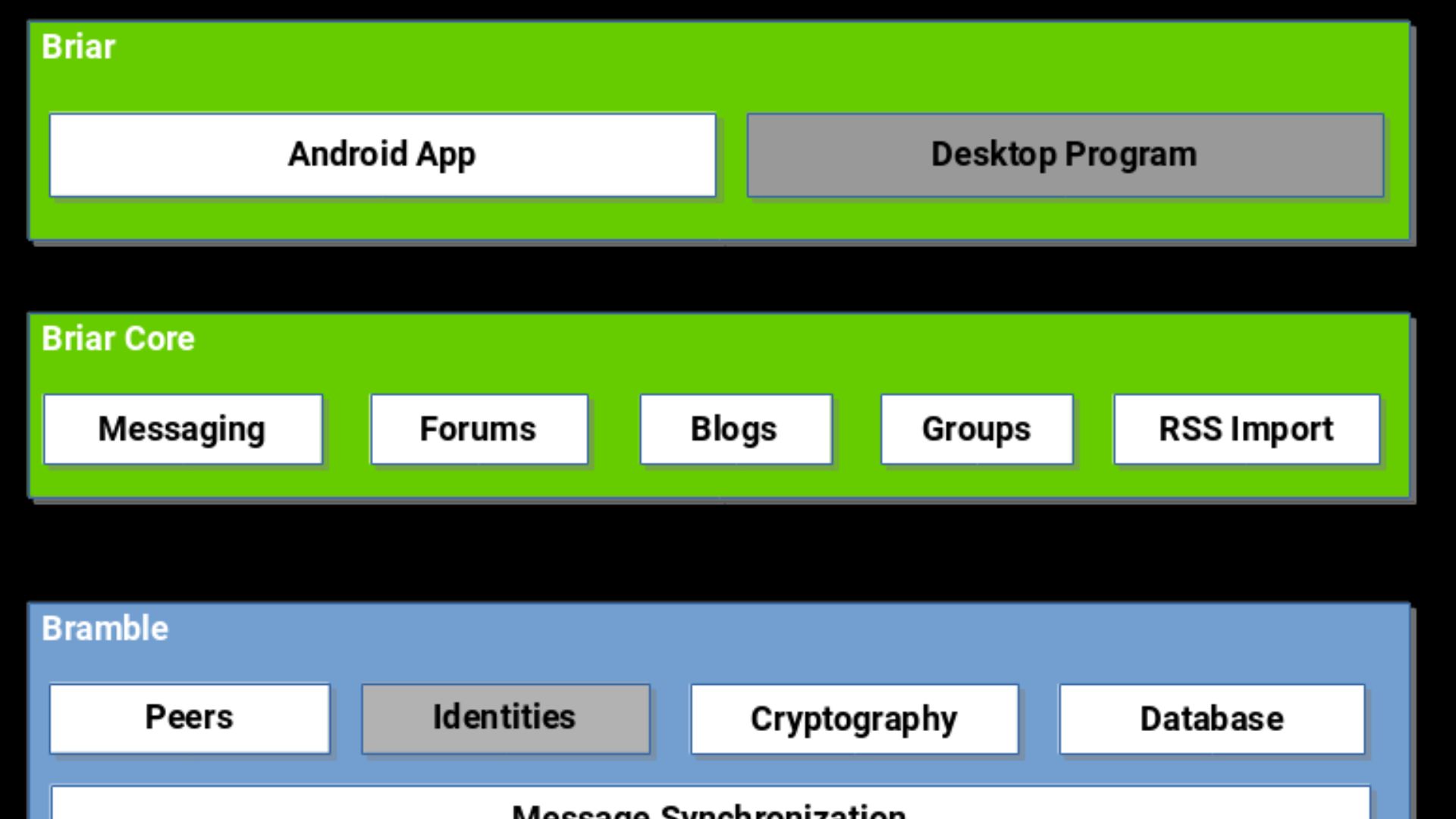 Sublime Software Ltd., Wikimedia Commons
Sublime Software Ltd., Wikimedia Commons
eSIM-based Cloud Access
With eSIM, devices connect directly to mobile networks and access cloud storage anywhere signal coverage exists. Some laptops now include built-in eSIM support for constant connectivity, which eliminates the dependence on Wi-Fi and physical drives for secure, instant file access.
Portable Wireless SSDs With App Control
A wireless SSD creates its own hotspot to allow direct access through phone or computer apps. Many models reach speeds above 300 MB/s, support several devices at once, and back up photos from a camera’s SD card without needing a computer.
Blockchain-Based Decentralized Storage
Blockchain has entered the storage game. Platforms like Filecoin and Storj scatter encrypted file fragments across global nodes. Users can rent out extra space for cryptocurrency rewards, while Storj’s sharding method boosts both redundancy and privacy beyond ordinary cloud systems.
 Abarati8708, Wikimedia Commons
Abarati8708, Wikimedia Commons
Remote Desktop File Access Tools
Need something on your home computer while traveling? Remote desktop tools like Chrome Remote Desktop let you access your files securely through the internet. They aren’t a true USB replacement, but they remove the hassle of carrying drives for quick, remote retrieval.
Cloud-Native Backup Services
Backblaze and iDrive take backups far beyond plug-in drives. They continuously sync encrypted files to the cloud, allowing recovery anytime. Backblaze wins fans for its affordable unlimited backups, while iDrive handles multiple devices under one account with full version history for restores.
Self-Hosted File Sync Servers
Privacy-minded users often build their own clouds. Syncthing and Nextcloud sync files privately across devices without third-party servers. Both are open-source and customizable—Nextcloud even runs on a Raspberry Pi—while Syncthing uses peer-to-peer transfers to keep every file completely under your control.
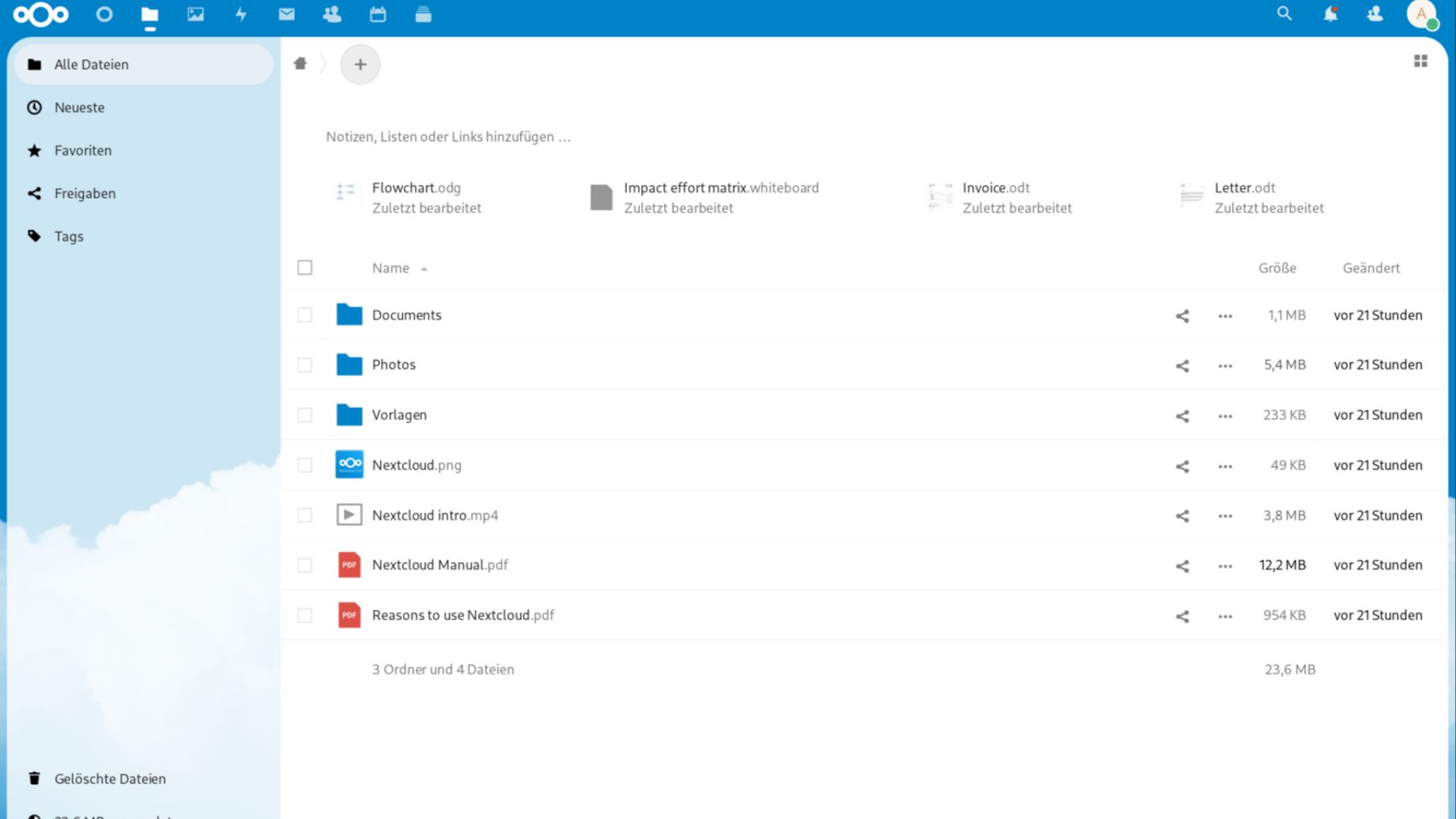 Mark Ziegler, Wikimedia Commons
Mark Ziegler, Wikimedia Commons
High-Speed Wireless SD Card Readers
Wireless SD card readers give photographers instant access to media without cables. They connect through Wi-Fi to phones or tablets, supporting smooth 4K streaming and file browsing via companion apps. Many pros use them in the field for quick, cable-free photo transfers.
Zero-Knowledge Encrypted Cloud Vaults
For users who want total privacy, zero-knowledge vaults lock files so only you hold the key. Proton Drive, created by CERN-linked scientists, and Tresorit both secure data with end-to-end encryption to keep the folder structures hidden even from the platforms themselves.
 University of Salford Press Office, Wikimedia Commons
University of Salford Press Office, Wikimedia Commons


